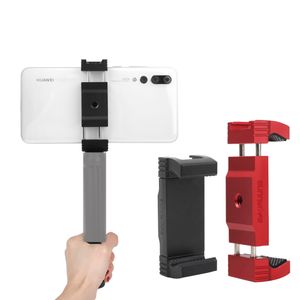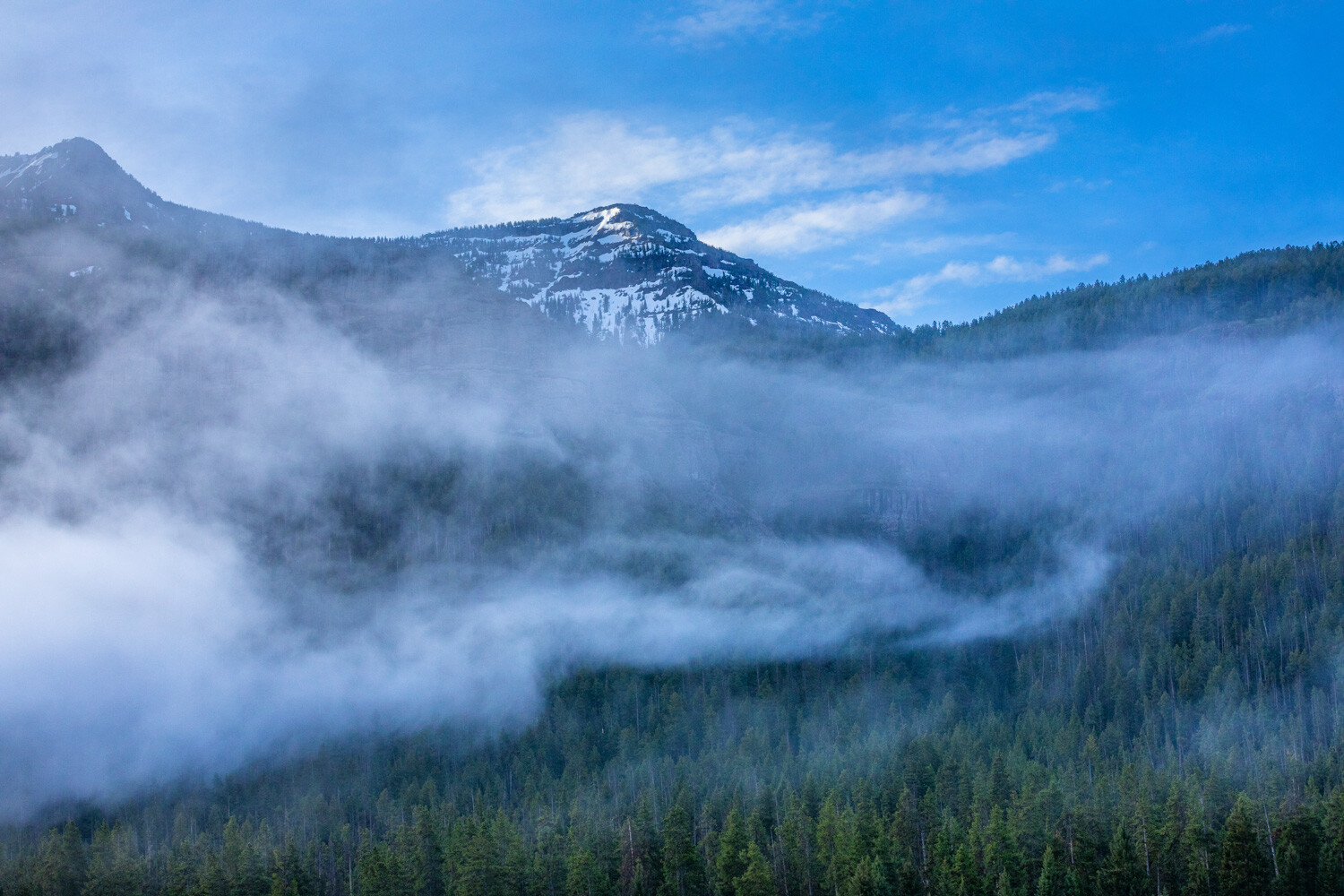Your Guide to the Fujifilm JPG Film Simulations (with Sample Images)
When I first bought a Fujifilm Finepix X100 in 2012, I was absolutely stunned by the quality of the images it produced. As the first iteration in Fujifilm’s lineup of excellent fixed-lens compact cameras, it paved the way for the rest of the X-series lineup with its excellent optics and fantastic usability.
What impressed me the most, perhaps, was the quality of the JPGs that the camera produced – they were lightyears ahead of anything I’d seen with other camera systems.
In this article, I will introduce you to the commonly available Fujifilm JPG film simulations, including the characteristics of each one and when you might like to use them.

I still have an X100 – but this is the latest iteration in the series, the X100F.
Fujifilm history of film
Fujifilm has been a leader in the photographic industry for decades. Not only are they world leaders in optics, but they are also the biggest producer of instant film and cameras left in the market.In the heyday of film, they were also one of the leading brands for the production of 35mm and 120 films, making film emulsions loved by photographers everywhere. Some of these famous film stocks (Acros and Fuji Pro 400 H) still exist.
Fujifilm took their color science know-how from the film days and created a range of film simulations for their digital cameras that feature a very high level of color accuracy and reproduction.

You can easily choose the Fujifilm film simulations via a button on the back of X-Series camera bodies.
Do all cameras have all Fujifilm JPG film simulations?
No, the Fujifilm JPG film simulations available to your X-Series camera depend on the model and the firmware updates you have applied. Although the number of film simulations has grown over the years with the release of new generations of cameras and sensors, new film simulations don’t always roll out to older model cameras.For example, it is rumored that the newest film simulation launched with the X-Pro 3 – Classic Negative – will be rolled out to cameras, including the X-T3 and X-T30, very soon via a firmware update.
This is part of Fujifilm’s ongoing improvements they make to their cameras and lenses.
How can I shoot with Fujifilm JPG film simulations?
First of all, you’ll need an X-Series camera body. Next, you need to set it up to shoot JPGs.When you do this, the default setting to shoot with is the Provia film simulation. This setting will be applied to all the JPGs produced until you change it. You can easily do that via a button on the back of your camera body, where you can cycle through all available options.
It’s fun to change the film simulations to see what different effects they give you. Another reason why I love mirrorless cameras is that you can even see the effect each film simulation will have through the viewfinder and on the LCD screen – very helpful.
Can I change the film simulation after I’ve shot a JPG?
No, once you shoot the JPG with that film simulation, you can’t change it. So if you’re only shooting JPGs, make sure you’ve selected one that will complement your subject, or shoot JPG+RAW.

You can even convert RAW images to JPG with Fujifilm JPG film simulations in-camera, but that’s
a topic for another day.
Can I apply a Fujifilm JPG film simulation if I shoot RAW?
Yes, there are a couple of different ways you can do this after you have taken an image. The first is using software such as Adobe Photoshop Lightroom. The second is by applying the simulation to a RAW file in the camera after you’ve taken it. This is something that often surprises X-Series users. Yes, you can actually process your RAW files as different film simulations in-camera.Introduction to the Fujifilm JPG film simulations
Provia
Provia was the name of Fujifilm’s most popular color transparency (slide) film. With its medium contrast and saturation, this is the most neutral film simulation and is suited to most genres of photography. It’s the default film simulation on X-Series cameras and is also labeled as “standard” in the menu.
Left:
Isle of Wight RAW file. Right: Provia JPG. There are some noticeable
differences over the
RAW file, such as higher contrast and more
saturation.

Top: Kids in a filed RAW file. Bottom: Provia JPG.
Velvia
Velvia was the nature photographer’s go-to film back in the film heyday. It’s bold colors brought to life the natural world. Velvia’s high contrast and high saturation make it a winning formula for wildlife and landscapes, though it’s one to avoid for portraits.
Left:
Isle of Wight RAW file. Right: Velvia JPG. Velvia is showing its rich
colors here, with both
the greens and the blues highly saturated.

Top:
Kids in a filed RAW file. Bottom: Velvia JPG. Skin tones look too
saturated and unnatural,
so this is best avoided for portraits.
Astia
This is another simulation named after a slide film, in this case, the film that was very popular among portrait and fashion photographers. Astia is known for its softer colors and contrast, giving a more subdued look overall with beautiful tones. I quite often use this simulation for shooting portraits.
Left: Isle of Wight RAW file. Right: Astia JPG. Great tones and colors, though slightly subdued.

Top: Kids in a filed RAW file. Bottom: Asita JPG. Lovely colors and tones, though they are not
over the top.
Classic Chrome
This Fujifilm JPG film simulation is not based on a classic film emulsion. Instead, Fujifilm developed it to emulate the look of classic documentary-style photography.Classic Chrome has lower color saturation and full-bodied tones, giving it a distinctive look. Skies look different with this simulation, as it removes magenta. Reds and greens also appear quite unique.
Many street photographers seem to use this film simulation if they are shooting color for a raw, edgier look.

Left: Isle of Wight RAW file. Right: Classic Chrome JPG. Look at the difference between the sky
and the grass in these shots.

Top: Kids in a filed RAW file. Bottom: Classic Chrome JPG.
Pro Neg Hi
Pro Neg Hi is ideal for portraits with slightly enhanced contrast, especially when contrasted against Pro Neg Standard. Modeled after Fujifilm’s most popular print film for portraits, Fuji Pro 400H, it’s the film simulation I most use for portraits (alongside Astia).
Left: Isle of Wight RAW file. Right: Pro Neg High JPG.

Top: Kids in a filed RAW file. Bottom: Pro Neg Hi JPG. I love the colors, contrast, and tones of this
film simulation.
Pro Neg Std
This is another of the Fujifilm JPG film simulations that is ideal for portraits. It simulates NS160, a professional color negative film for studio portraiture. It has softer graduations and skin tones, especially when compared to Pro Neg High.For best results, use it with creative lighting choices, or you may end up with a flat, boring-looking image.

Left: Isle of Wight RAW file. Right: Pro Neg Standard JPG. The tonality of this image is quite soft
compared to others.

Top:
Kids in a filed RAW file. Bottom: Pro Neg Std JPG. Out of the box, it
produces a flatter file
with softer colors and tonality.
Acros
Fujifilm’s classic black and white emulsion brought to life digitally with rich details and excellent sharpness. Fujifilm claims that this film simulation matches the tonal range and even the film grain of its analog offering, which is quite impressive.You even have the ability with the Acros film simulation to apply yellow, red, and green filters in-camera.
The red filter gives more contrast and a dramatic feel. The yellow filter seems more subtle. The green filters seem to work best when photographing people.

Left: Isle of Wight RAW file. Right: Acros JPG.

Top: Kids in a filed RAW file. Bottom: Acros JPG.

Left:
Isle of Wight RAW file. Right: Acros JPG with the red filter. Red
filters have long been used in
black and white photography to increase
contrast and make images look more dramatic.

Left: Isle of Wight RAW file. Right: Acros JPG with the green filter.
Monochrome
This was the original black and white Fujifilm JPG film simulation on X-Series cameras until Acros came along. Many people bypass it completely, choosing to create black and white images in post.As with Acros, there are three variants for this mode; you can add a red, yellow, or green filter.

Isle of Wight RAW file. Right: Monochrome JPG.
Sepia
Sepia gives your image a reddish-brown look to mimic the feel of a vintage photo. I’m not sure why anyone would use this filter, but each to their own.
Left: Isle of Wight RAW file. Right: Sepia JPG.
I hope you have enjoyed this introduction to the world of Fujifilm JPG film simulations. Fujifilm produces the best straight-out-of-camera JPGs from any camera manufacturer. The ability to choose a Fujifilm JPG film simulation, many based on classic film emulsions, is the icing on the cake.
I’ve loved playing around with different looks to my images over the years. The ability to see through the viewfinder or LCD is incredible.
Which is your favorite of the Fujifilm JPG film simulations? Share with us in the comments.
Share this article.





























